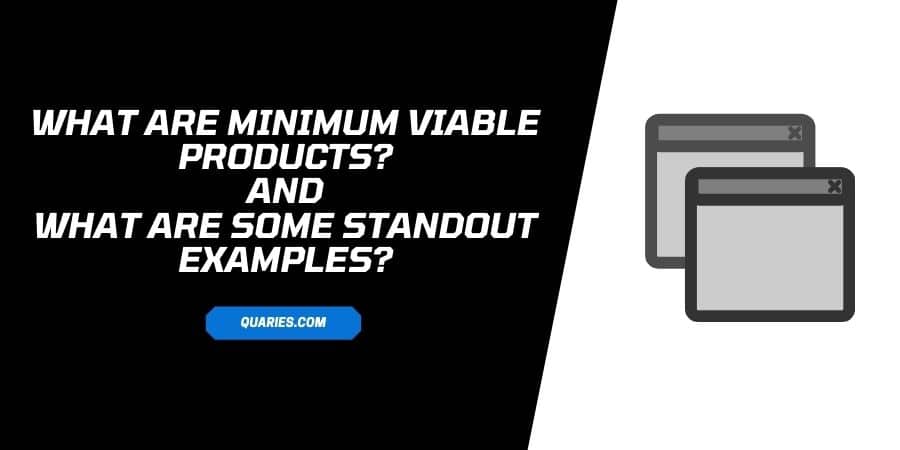
The first time the term was coined out by Frank Robinson in 2001, it brought in quite the revolution in the field of product development.
And, after it had been used by Eric Ries in his book Lean Startup, the concept gained quite the name and admiration among businesses looking for the best ways and methods to develop and launch a novel product with minimum risks and expense.
By definition, Minimum Viable Products or MVP may be described as a process where a business can reduce costs as well as resources involved in the development process of a new product. This is done by first introducing the product under development to its respected audience and customers.
During the process of development, various iterations are done on the particular product based on the feedback provided by the users using the product during its earlier stages.
And based on this feedback and repeated iterations, developers develop a product suitable for its targeted audience with the minimal risks and resources involved.
Some features of an Minimum Viable Product
A good MVP product comprises the following features and characteristics to provide the most optimum results.
- An MVP product should always comprise of core fundamental features for it to be useful and valuable enough to be bought and utilized by its end-users.
- The product needs to be one under development where continuous changes and edits can be made and included.
- The product must comprise of all the basic features needed to attract the attention of its targeted audience or end users.
- A feedback loop must be established between the developer team and end users, where based on the feedback provided by end-users, the respective additions and changes can be made to the product being developed.
- Based on the feedback received, a product being developed should always have enough room for further improvements and additions.
- The final product should only be released once the developer as well as the end-users feel that the product meets all their demands and expectations. This can only be done once the product receives all the necessary feedback needed to make the product market ready for launch.
Advantages of MVP Model
Now that we have got a fair idea of what a Minimal Viable Product is, as well as the model revolving around such a product. Let us next have a look at what are some perks involved with the following model.
1. A Cost Effective Solution
One of the main reasons why this model is so useful and lucrative is its practical approach in saving the most of your resources. Be it the money involved, the time or the energy, the MVP model is ideal to cut back on all such costs.
For this reason alone, modern developers highly depend on the MVP model to develop their products and finally launch it market ready with the least amount of risks.
2. Less time for product to reach the market
Although, it might seem like more time might be involved in an MVP development cycle, given the amount of feedback and repetitive iteration involved.
This is actually not the case. Since developers can simultaneously make changes as well as add necessary additions to the product during time of development, the time it would usually take for a product to be market ready can greatly be reduced.
3. Simultaneous and Continuous User-Testing
The fact that the MVP model allows developers to parallely interact with end-users and gain vital intel on what to add as well as delete from a product, makes it ideal to meet the needs of a wider range of customers and leave little room for dissatisfaction when the product is finally complete for market release.
4. Know about your Customer Interest
Customer interest plays a great role in deciding where a product will go or how well a product will do in the market overall. When correct analysis is done while developing a product with respect to current trends and necessities from the target audience’s perspective. Coming with a product which meets everyone’s needs and requirements becomes quite plausible.
Best MVP standout examples
Today, the MVP approach has become quite popular among developers who plan to create successful applications with the least amount of resources and costs involved.
To understand in detail and in depth on how you can also use the MVP model to create your own software app as well as web app, you can refer here to the following article on “How to build a minimum viable product” by Top Flight.
The guide is a conclusive hands-on for anyone who wants to learn how to develop applications using the MVP model most efficiently and effectively to create apps with the least risks and loss involved.
1. Dropbox
Dropbox by far is one of the best examples of a successful MVP campaign out there. With just a video explaining, how data could be stored in a single cloud location as well as the benefits revolving around it.
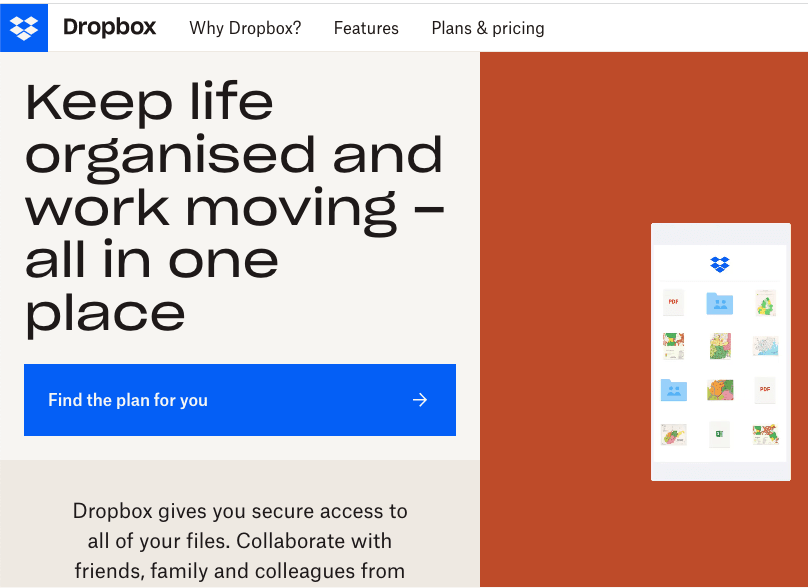
The idea itself became quite popular among early viewers and as they signed up for the product, the developers were able to figure out whether such an app would actually be worthwhile or not.
And only after the developers were convinced that the service would be a viable product, did they actually start working on it and develop the Dropbox software to what it is today.
2. Amazon
Many of you might be already aware that Amazon never really started off as a full-fledged e-commerce website. It all started with just a platform where one could order a book online.
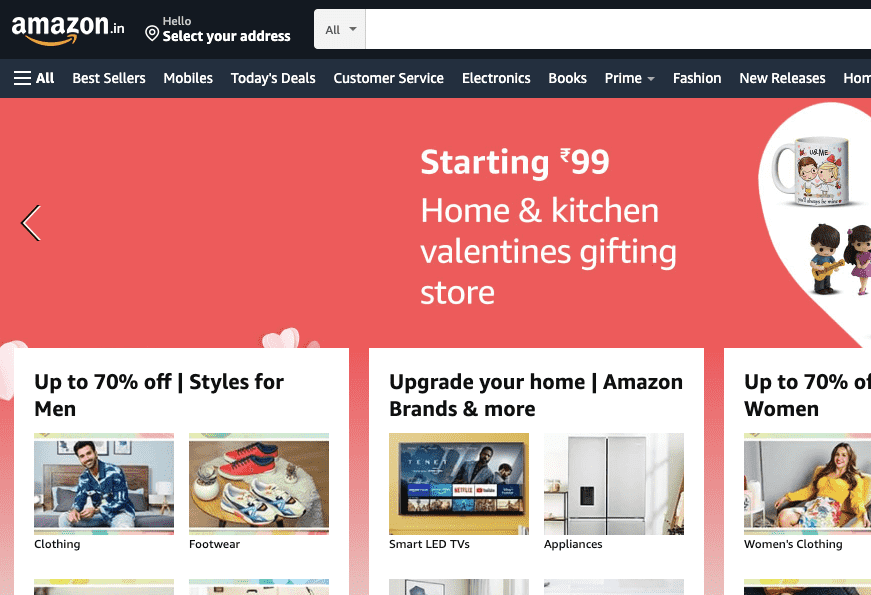
Obviously books were not sold by Amazon itself, but it just purchased the ordered books from various distributors and then shipped them to the customers who ordered them.
This way when Jeff Bezos the CFO of Amazon saw and felt more products could be included instead of just books. From then till today, Amazon as we use today has become one of the most successful e-commerce out there.
3. Foursquare
From being just a check-in app and website, where people would provide the location they checked in to earn badges, to becoming the largest location data platform today.
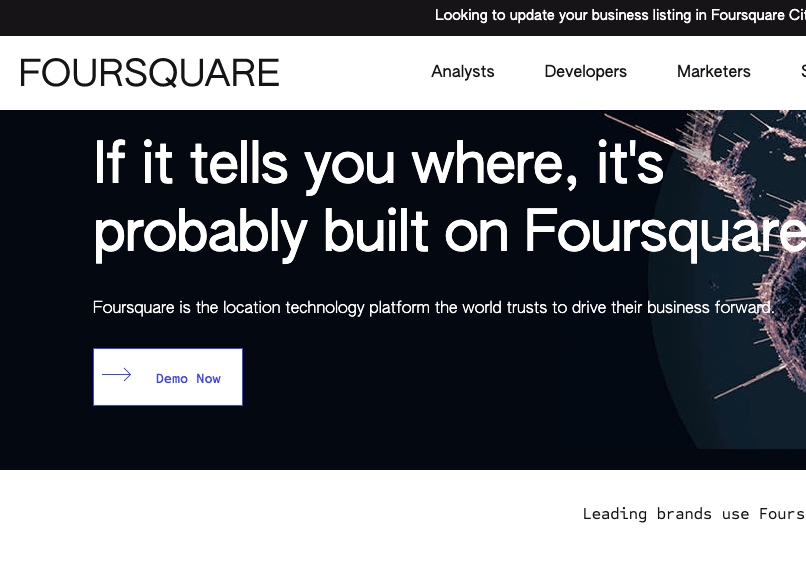
Foursquare is a fine example of starting it basic and making it big, with constant additions and changes based on the needs and demands of its target audience.
4. Zappos
An online footwear e-commerce website founded by Nick Swinmurn in the year 1999, Zappos was nothing more than an idea of taking pictures of shoes at stores and posting them online to see whether anyone would actually buy them or not.
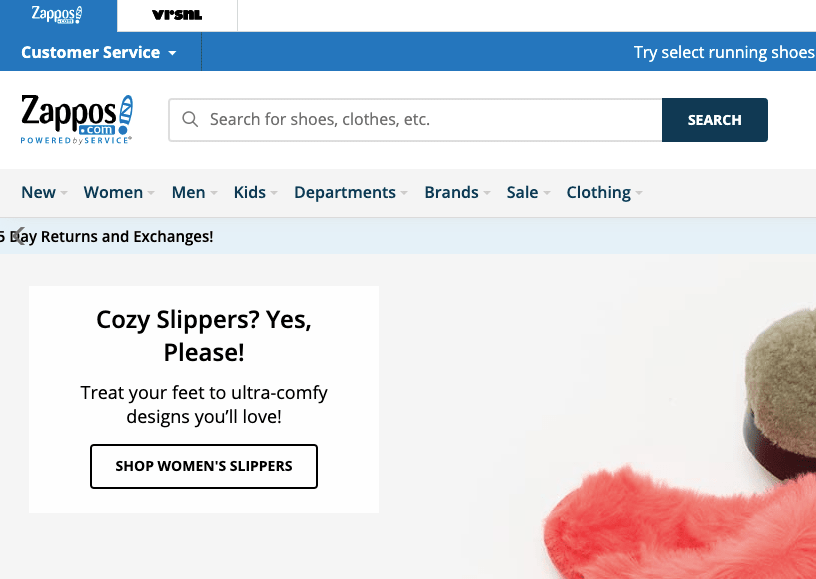
And when he saw people were actually interested in buying shoes by just looking at the pictures and not actually trying them, gave rise to the e-commerce Zappos website we see and use today.
5. Airbnb
Had to save the best for the last. Airbnb as you all might know today has to offer quite a number of lodging, homestays and vacation rental services to offer.
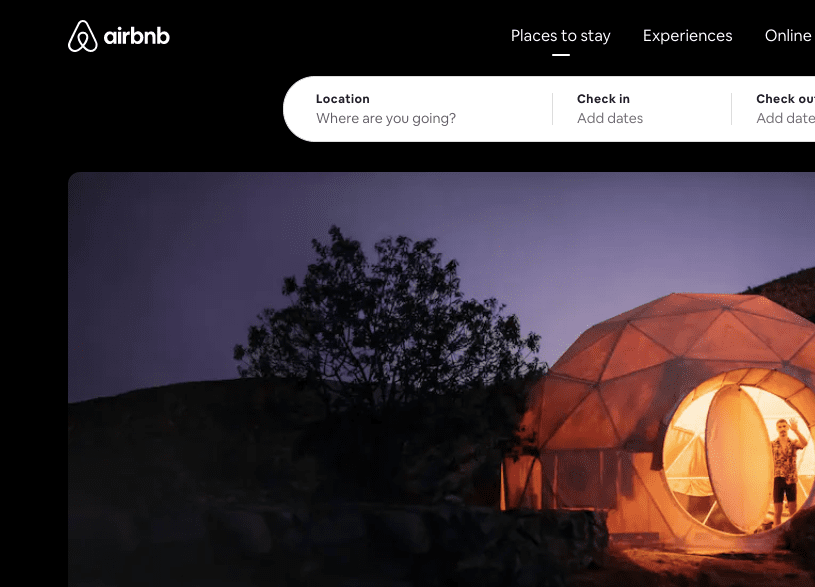
However, this was not the case when it first started off, as Airbnb was just an effort by the founders to earn some extra bucks by renting out their own rooms to anyone willing to share a room with them.
And when they found people actually pouring in to rent their apartment in numbers they hardly expected, resulted in the Airbnb we know today.
Like This Post? Checkout More
